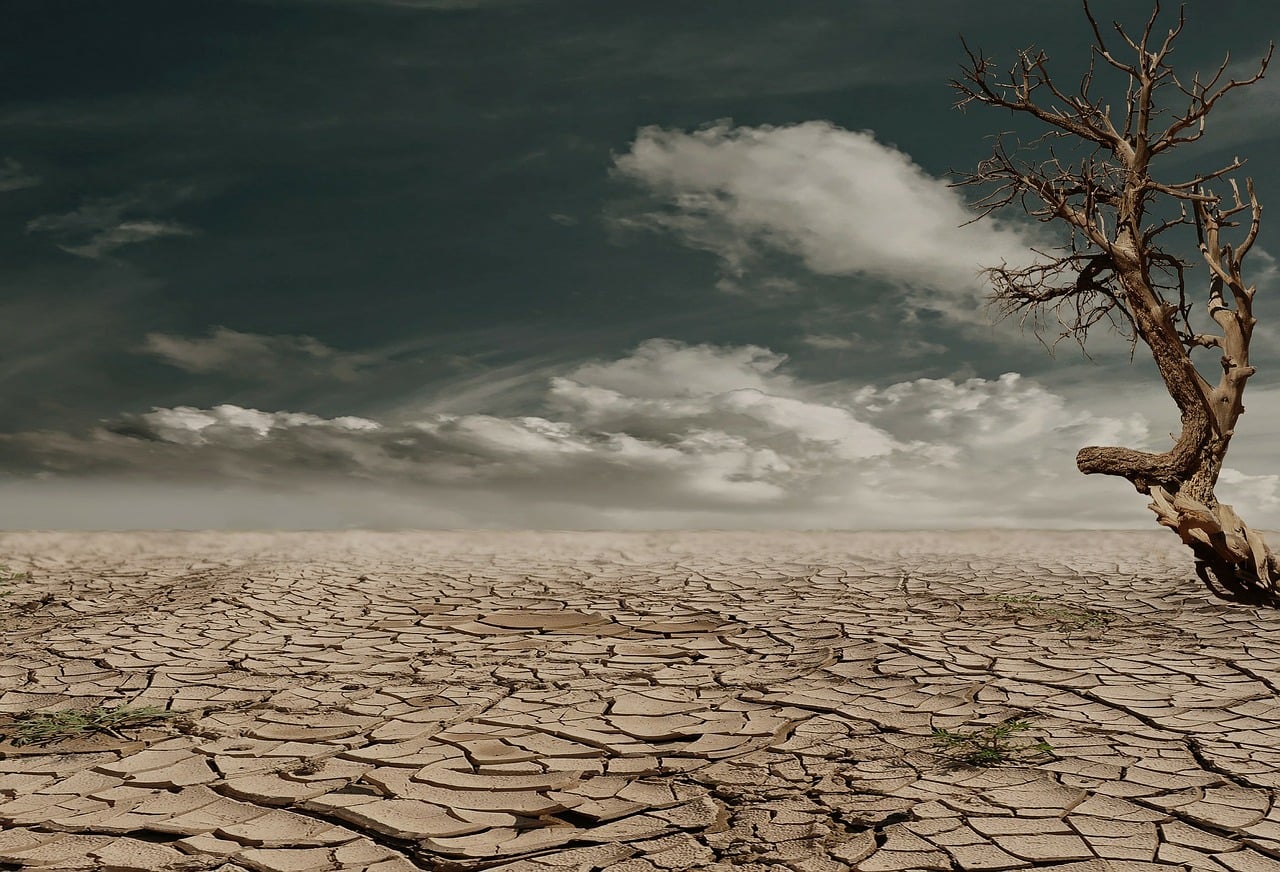The biggest threat facing Pakistan right now is not terrorism. It’s the alarming water crisis in the country. A recent report by the International Monetary Fund (IMF) ranked Pakistan third among countries facing severe water shortages. In less than a decade, the South Asian nation might not be able to provide clean water to its rapidly growing population. Unfortunately, few people within and outside the country are talking about the issue as politicians are busy pelting stones at each other instead of addressing the most important problem.
The impending water crisis will have significant implications on the country’s internal security and stability. Decades of mismanagement, crime, and corruption has resulted in tens of millions of people living without potable water. Major Pakistani cities such as Karachi are unable to keep up with the rising water demand from new residents.
Pakistan, the world’s fifth most populous country, hasn’t constructed a new dam since the 1960s. The Pakistan Council of Research in Water Resources (PCRWR) warned earlier this week that the country would run out of potable water by 2025 if authorities did not address it at the earliest. The PCRWR, which is part of the Science & Technology Ministry, said the country crossed the “water stress line” in 1990 and the “water scarcity line” in 2005. It is only worsening each subsequent year, and Pakistan will face a drought-like situation in the next few years.
A PCRWR official told media that there was an immediate need to carry out research at different levels to find the best possible solutions. But the research institute is struggling due to the lack of fund.
After nearly 70 years of independence, Pakistan still doesn’t have an effective water policy in place to tackle the looming water crisis. The country doesn’t have a mechanism for water use. They could bring a proper water policy with an effective mechanism where clean water is utilized for cooking and drinking, while slightly less clean water could be used for household needs.
Separately, the Indus River System Authority (IRSA) has issued a warning that only 2,20,000 cusec acres of water was available in the reserves. It would lead to a 51% shortage of water in the provinces of Punjab and Sindh. Water outflow from rivers across the country remains higher than the inflow, said IRSA. Water inflows were 3,75,100 cusecs in May 2017, which plummeted to just 1,12,900 cusecs in the corresponding period this year.
The IRSA warned that only exceptional monsoon could save the Kharif and Rabi season crops this year. Water shortage is already threatening cotton sowing and production in different parts of the country. According to the official data, the national target for the cotton crop was set at 7.28 million acres. But only 62% of the target could be achieved till May 28th this year. Cotton plantation in Sindh was the worst affected due to the striking water crisis.
Many Pakistani politicians have blamed India for the country’s water crisis. They have accused New Delhi of violating the Indus Water Treaty that was signed in 1960. India is constructing new dams in the state of Jammu & Kashmir, which is affecting the flow of water from the Karakoram-Himalaya ranges into the Indus Valley. India recently inaugurated the $900 million Kishanganga hydroelectric plant that diverts water from the Kishanganga river to the Jhelum river.
Other issues responsible for the water crisis in Pakistan are corruption, population explosion, and urbanization. Poor water management and climate change have further worsened the problem. The political establishments in the country have given no indication that they plan to do anything concrete about the water crisis. The groundwater supplies are also depleting rapidly, according to DW.com.
The South Asian nation has the fourth highest rate of water use in the world. A quick look at its water-intensity rate suggests that Pakistan’s economy is heavily reliant on water. The water intensity rate is the amount of water consumed in cubic meters per unit of GDP. The per-capita annual water availability has declined from 1,500 cubic meters in 2009 to just 1,017 cubic meters last year.
The looming water crisis could also lead to security conflicts in the country as people and provinces start fighting for resources. Provinces such as Sindh and Balochistan have already accused Punjab of grabbing the lion’s share of water resources. If no concrete steps are taken to resolve the crisis immediately, the political turmoil will intensify in the coming years.




